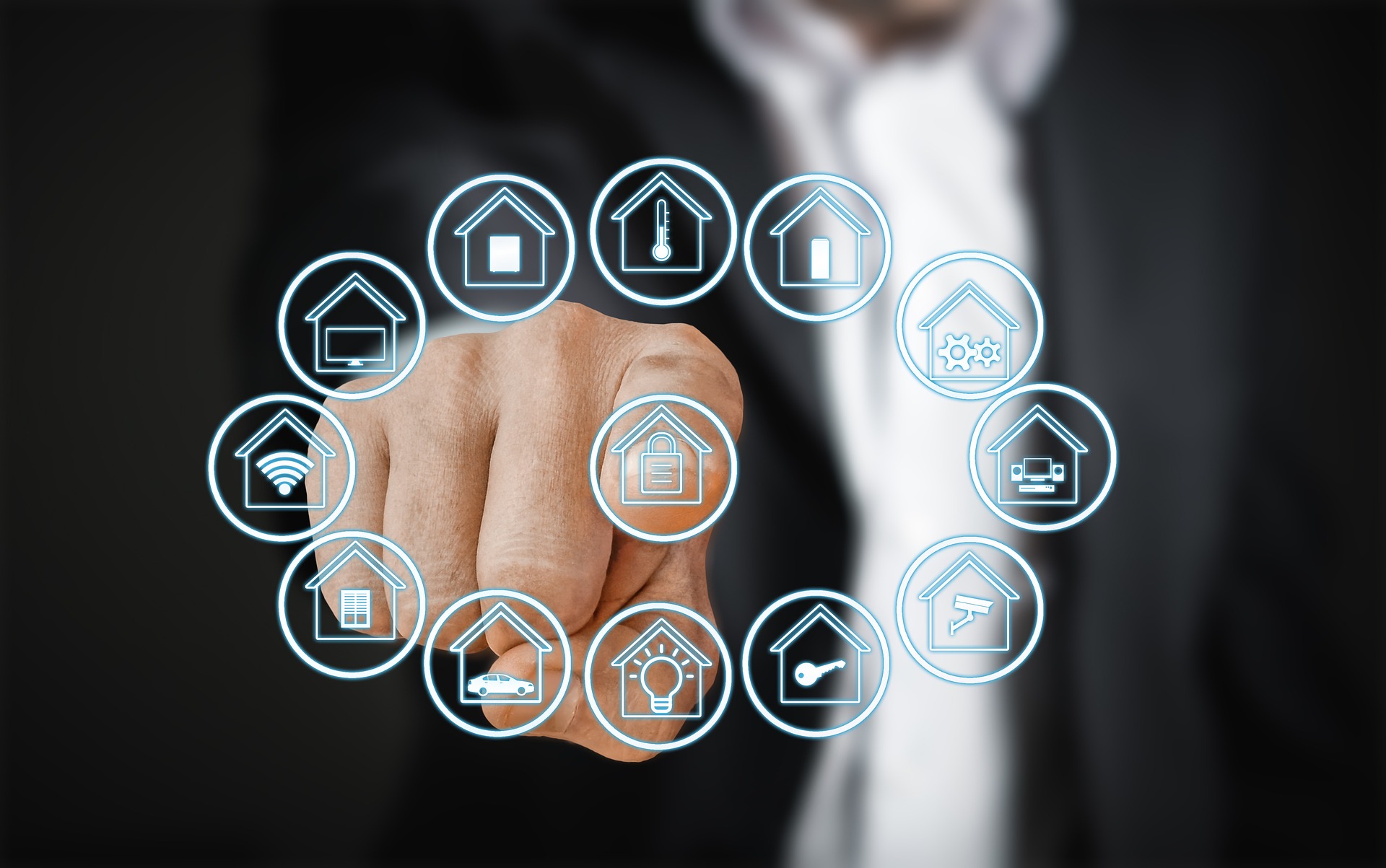Why Smart Plugs and Lights Are Becoming Essentials for Every Home
In 2025, smart living isn’t just about big-ticket technology — it’s the smaller devices that are making the biggest impact. Smart plugs and lights are catching attention for their affordability, convenience, and ability to fit seamlessly into everyday routines. They don’t transform homes overnight, but they highlight how technology is becoming more accessible, giving households more control over energy use, comfort, and security.

The Rise of Smart Home Technology in Everyday Life
Smart home adoption has accelerated dramatically in recent years, with plugs and lights leading the charge as entry-level devices. These gadgets serve as the foundation of the connected home ecosystem, requiring minimal technical knowledge while delivering immediate benefits. According to market research, the number of households using smart plugs and lights is projected to increase by 25% annually through 2025. This growth stems from their dual appeal of immediate functionality and future expandability, allowing homeowners to gradually build their smart home systems without overwhelming upfront investments or complicated installations.
How Smart Devices Enhance Convenience in Modern Living
The convenience factor of smart plugs and lights cannot be overstated. Rather than manually operating individual switches and appliances, homeowners can control multiple devices simultaneously through smartphone apps, voice commands, or automated schedules. Morning routines can be streamlined by programming lights to gradually brighten as wake-up time approaches. Evening security can be enhanced by creating the appearance of occupancy through randomized lighting patterns while away. The ability to turn off forgotten appliances remotely provides peace of mind, while voice-controlled operation benefits those with mobility limitations, making homes more accessible and comfortable for everyone.
Energy Efficiency and Cost Savings with Smart Home Essentials
One of the most compelling reasons households are adopting smart devices is their potential for energy conservation. Smart plugs allow users to monitor power consumption in real-time, identifying energy-hungry appliances and optimizing their usage. Meanwhile, smart lighting systems can automatically adjust brightness based on natural light conditions or occupancy, significantly reducing unnecessary electricity use. Studies indicate that households implementing smart energy management through these devices typically reduce their electricity consumption by 10-15%. Over time, these savings accumulate, often offsetting the initial investment within the first 12-18 months of regular use.
Affordable Smart Home Options Making Technology Accessible
The democratization of smart home technology has been driven largely by decreasing costs and increasing competition in the market. What was once prohibitively expensive for average consumers has become remarkably affordable, with entry-level smart plugs available for under $15 and smart bulbs starting around $10. This price reduction has opened the market to a much broader demographic, allowing more households to experience the benefits of connected living without significant financial strain.
Popular Smart Plug and Light Options for 2025
The smart home market continues to evolve with increasingly sophisticated yet user-friendly options becoming available. As we move toward 2025, several standout products are defining the market based on their features, compatibility, and value proposition.
| Product | Provider | Key Features | Cost Estimation |
|---|---|---|---|
| Smart Plug Mini | TP-Link Kasa | Energy monitoring, away mode, voice assistant compatibility | $15-25 per plug |
| Wi-Fi Smart Plug | Amazon Smart | Hub-free operation, group control, Alexa integration | $10-20 per plug |
| Smart Bulb Color | Philips Hue | 16 million colors, dimming capability, works with all major platforms | $35-50 per bulb |
| Smart Light Strip | Govee | Music sync, app control, customizable patterns | $25-40 per strip |
| Smart Plug with Energy Monitor | Wyze | Power usage tracking, scheduling, overload protection | $15-25 per plug |
Prices, rates, or cost estimates mentioned in this article are based on the latest available information but may change over time. Independent research is advised before making financial decisions.
Integration and Compatibility in the Smart Home Ecosystem
The true value of smart plugs and lights extends beyond their individual functions—their ability to integrate with broader smart home systems creates exponential benefits. Modern smart devices increasingly operate on common protocols like Zigbee, Z-Wave, or Wi-Fi, enabling cross-brand compatibility. This interoperability allows homeowners to create sophisticated automation routines where devices work in concert: motion sensors can trigger lights, temperature changes can adjust connected fans, or security systems can coordinate with lighting to deter intruders. As standardization improves toward 2025, consumers can expect even more seamless integration across manufacturers, reducing the “walled garden” effect that previously limited smart home expansion.
The Future of Smart Homes: Beyond Basic Convenience
Looking ahead to 2025 and beyond, smart plugs and lights are evolving from simple remote-controlled devices to intelligent systems with predictive capabilities. Machine learning algorithms are beginning to understand household patterns, automatically adjusting settings based on occupants’ behaviors and preferences without manual programming. Weather-responsive lighting that mimics natural daylight cycles is improving well-being and sleep quality. Meanwhile, enhanced security features allow lights and connected devices to simulate realistic occupancy patterns when homes are vacant, providing sophisticated protection beyond basic timers. These advancements represent just the beginning of truly intelligent homes that anticipate needs rather than simply responding to commands.
The transformation of smart plugs and lights from novelty gadgets to essential home components reflects broader changes in how we value convenience, efficiency, and connectivity in our living spaces. As these technologies become more affordable, intuitive, and powerful, they’re increasingly viewed not as luxury additions but as standard features expected in modern homes. This shift signals a fundamental change in our relationship with domestic technology—one where connectivity and automation are becoming as essential to comfortable living as traditional utilities.




